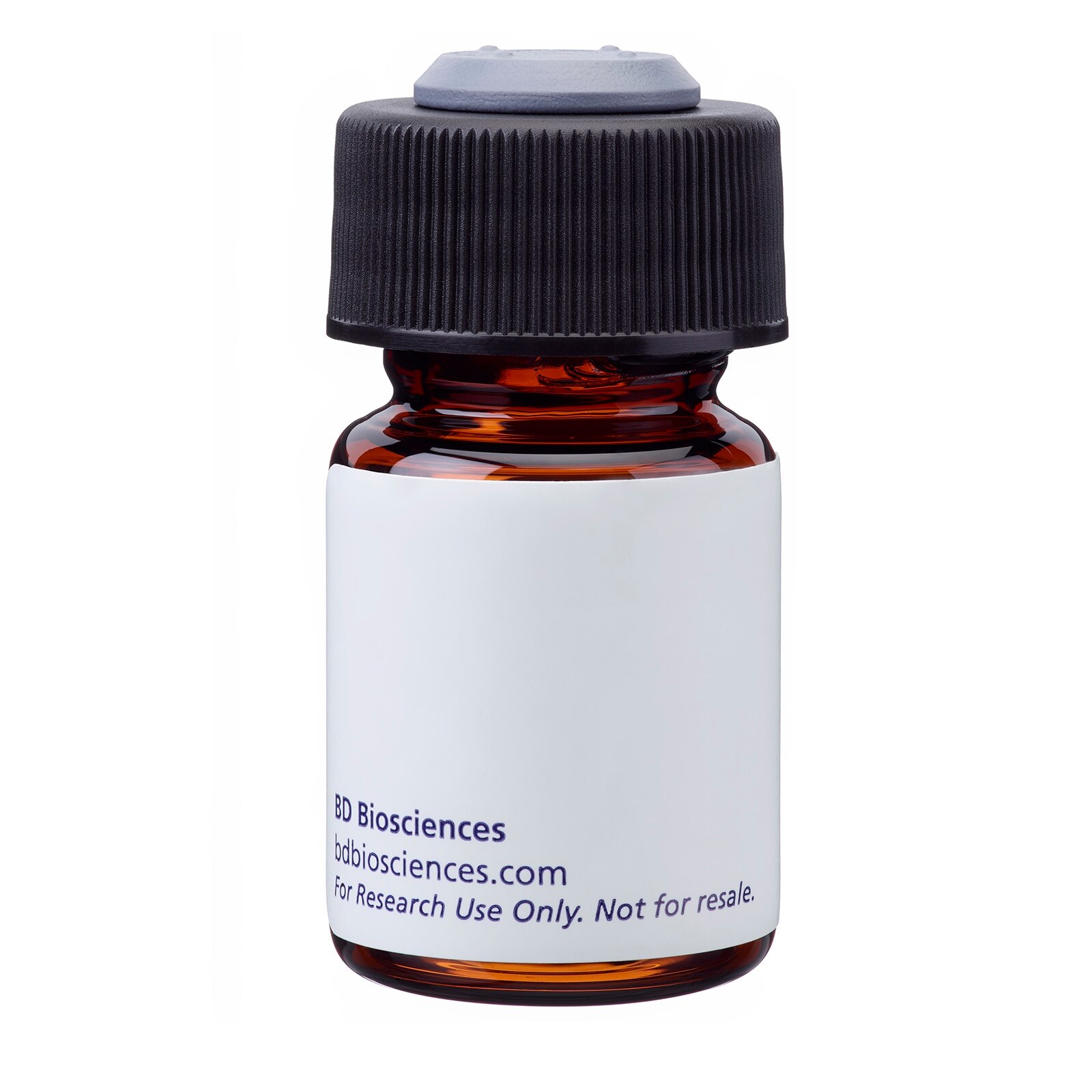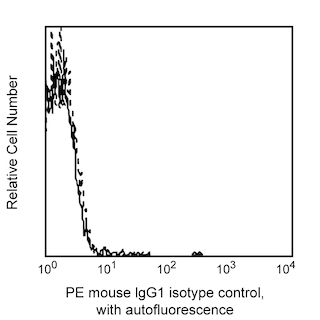-
抗体試薬
- フローサイトメトリー用試薬
-
ウェスタンブロッティング抗体試薬
- イムノアッセイ試薬
-
シングルセル試薬
- BD® AbSeq Assay | シングルセル試薬
- BD Rhapsody™ Accessory Kits | シングルセル試薬
- BD® Single-Cell Multiplexing Kit | シングルセル試薬
- BD Rhapsody™ Targeted mRNA Kits | シングルセル試薬
- BD Rhapsody™ Whole Transcriptome Analysis (WTA) Amplification Kit | シングルセル試薬
- BD Rhapsody™ TCR/BCR Profiling Assays (VDJ Assays) | シングルセル試薬
- BD® OMICS-Guard Sample Preservation Buffer
- BD Rhapsody™ ATAC-Seq Assays
-
細胞機能評価のための試薬
-
顕微鏡・イメージング用試薬
-
細胞調製・分離試薬
-
- BD® AbSeq Assay | シングルセル試薬
- BD Rhapsody™ Accessory Kits | シングルセル試薬
- BD® Single-Cell Multiplexing Kit | シングルセル試薬
- BD Rhapsody™ Targeted mRNA Kits | シングルセル試薬
- BD Rhapsody™ Whole Transcriptome Analysis (WTA) Amplification Kit | シングルセル試薬
- BD Rhapsody™ TCR/BCR Profiling Assays (VDJ Assays) | シングルセル試薬
- BD® OMICS-Guard Sample Preservation Buffer
- BD Rhapsody™ ATAC-Seq Assays
- Japan (Japanese)
-
Change country/language
Old Browser
Looks like you're visiting us from {countryName}.
Would you like to stay on the current country site or be switched to your country?




Flow cytometric analysis of CD3ε expression on human peripheral blood lymphocytes. Peripheral blood mononuclear cells (PBMCs) were fixed and permeabilized with 70-80% cold ethanol, then stained with either PE Mouse IgG1, κ Isotype Control (Cat. No. 555749; thin line histogram) or PE Mouse Anti-Human CD3ε (Cat. No. 558260; bold line histogram). Fluorescent histograms were derived from gated events with the side and forward light-scattering characteristics of viable lymphocytes.


BD Pharmingen™ PE Mouse Anti-Human CD3ε

Regulatory Statusの凡例
Any use of products other than the permitted use without the express written authorization of Becton, Dickinson and Company is strictly prohibited.
Preparation and Storage
推奨アッセイ手順
Protocol for PBMC cells fixation, permeabilization and staining
1. Harvest, count and pellet PBMC cells following standard procedures.
2. While vortexing, add 5 ml cold 70% - 80% ethanol dropwise into the cell pellet (1-5 x 10^7 cells). Incubate at -20°C for at least 2 hours. These fixed cells can be stored at -20°C for up to 60 days prior to staining.
3. Wash twice with 30-40 ml staining buffer (PBS with 1% FBS, 0.09% NaN3), centrifuge for 10 minutes at 200 x g.
4. Resuspend the cells to a concentration of 1 x 10^7/ml.
5. Transfer 100 µl (1 x 10^6 cells) cell suspension into each sample tube.
6. Add 20 µl of properly diluted fluorescence conjugated antibody into the tubes above. Mix gently.
7. Incubate the tubes at room temperature (RT) for 20-30 minutes in the dark.
8. Wash with 2 ml of staining buffer at 200 x g for 5 minutes.
9. Aspirate the supernatant.
10. Add 0.5 ml of staining buffer to each tube.
11. Proceed to flow cytometric analysis.
BD® CompBeads can be used as surrogates to assess fluorescence spillover (Compensation). When fluorochrome conjugated antibodies are bound to BD® CompBeads, they have spectral properties very similar to cells. However, for some fluorochromes there can be small differences in spectral emissions compared to cells, resulting in spillover values that differ when compared to biological controls. It is strongly recommended that when using a reagent for the first time, users compare the spillover on cells and BD CompBeads to ensure that BD® CompBeads are appropriate for your specific cellular application.
Product Notices
- This reagent has been pre-diluted for use at the recommended Volume per Test. We typically use 1 × 10^6 cells in a 100-µl experimental sample (a test).
- An isotype control should be used at the same concentration as the antibody of interest.
- Caution: Sodium azide yields highly toxic hydrazoic acid under acidic conditions. Dilute azide compounds in running water before discarding to avoid accumulation of potentially explosive deposits in plumbing.
- Source of all serum proteins is from USDA inspected abattoirs located in the United States.
- For fluorochrome spectra and suitable instrument settings, please refer to our Multicolor Flow Cytometry web page at www.bdbiosciences.com/colors.
- Please refer to http://regdocs.bd.com to access safety data sheets (SDS).
- Please refer to www.bdbiosciences.com/us/s/resources for technical protocols.
Monoclonal antibody APA1/1 reacts with the intracellular domain of the epsilon chain of the CD3 molecule (CD3-ε). This antibody does not react with the extracellular region of CD3-ε. The assembly of the T cell antigen receptor (TCR)-CD3 complex has been suggested to take place by pairwise interactions of the CD3-ε subunit with either CD3-γ or CD3-δ. These dimers then associate with the TCR heterodimer a/β or γ/δ, and the CD3-ζ homodimer to form the full complex. Studies show that antibodies APA1/1 and SP34 gave a strong reaction with COS cells singly transfected with CD3-ε. Other anti-CD3 antibodies (OKT3, WT31, UCHT1, Leu4) did not react with COS cells singly transfected with CD3-ε. This reagent could be useful for the study of T cell development or the study of conformational changes of CD3-ε upon ligand binding to TCR-CD3 complex.

Development References (4)
-
Barroto A, Mallabiabarrena A, Albar JP, Martinez-A C, Alarcon B. Characterization of the region involved in CD3 pairwise interactions within the T cell receptor complex. J Biol Chem. 1998; 273:12807-12816. (Biology).
-
Gil D, Schamel WWA, Montoya M, Sanchez-Madrid F, and Alarcon B. Recruitment of Nck by CD3-epsilon reveals a ligand-induced conformational change essential for T cell receptor signaling and synapse formation. Cell. 2002; 109(7):901-912. (Biology). View Reference
-
Slameron A, Sanchez-Madrid F, Ursa MA, Fresno M, and Alarcon B. A conformational epitope expressed upon association of the CD3-epsilon with either CD3-delta or CD3-gamma is the main target for recognition by anti-CD3 monoclonal antibodies. J Immunol. 1991; 147:3047-3052. (Biology).
-
de la Cruz J, Kruger T, Parks CA, et al. Basal and antigen-induced exposure of the proline-rich sequence in CD3ε.. J Immunol. 2011; 186(4):2282-90. (Clone-specific). View Reference
Please refer to Support Documents for Quality Certificates
Global - Refer to manufacturer's instructions for use and related User Manuals and Technical data sheets before using this products as described
Comparisons, where applicable, are made against older BD Technology, manual methods or are general performance claims. Comparisons are not made against non-BD technologies, unless otherwise noted.
For Research Use Only. Not for use in diagnostic or therapeutic procedures.
Report a Site Issue
This form is intended to help us improve our website experience. For other support, please visit our Contact Us page.
